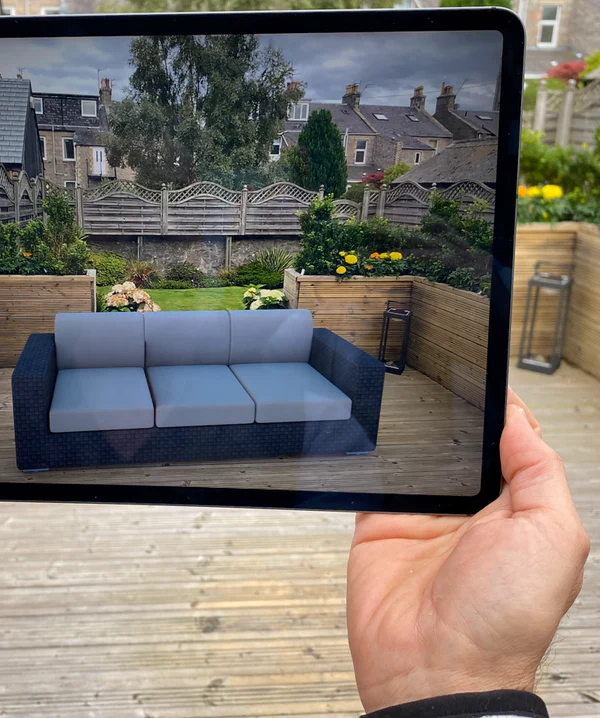A Look at Augmented Reality's Effects on Online Shopping

In recent years, there have been substantial improvements to the online shopping experience, and augmented reality has become an increasingly significant part of this development. Augmented reality offers a more immersive and engaging shopping experience while assisting customers in making more informed decisions by enabling them to visually perceive and interact with things. By superimposing virtual models on their smartphones or tablets during the product discovery phase, augmented reality enables customers to see products in their actual surroundings. They can evaluate possibilities and choose the products that best suit their demands because they have a clear notion of the product's appearance and size. Augmented reality allows customers to simultaneously compare various options side by side, which speeds up the decision-making process during the product comparison phase. For instance, a customer who isn't sure which piece of furniture they should buy can utilize augmented reality to see how each piece would fit in their interior space, which will help them pick which item best fits their preferences and style. After a choice to buy has been made, augmented reality keeps being used extensively. By superimposing virtual models upon their real-time image, customers can virtually try on clothing, accessories, eyewear, and even makeup. This lowers the possibility of returns and frustration as a result of incorrect purchases by enabling customers to see how things fit their body type or face. Case Study: Augmented Reality Use by Wayfair Wayfair, an online retailer that specializes in furniture and home design, provides a specific illustration of the effect of augmented reality on the online buying experience. With the use of augmented reality technology integrated into its smartphone application, Wayfair enables users to realistically see furniture in their own environment. When users explore the Wayfair app, they may choose a piece of furniture that piques their attention and digitally install it in their space using augmented reality. To evaluate how it will fit in their actual space, they can change the furniture's size, location, and orientation. Customers may make more informed judgments about their purchases because to this augmented reality technology, which gives them an immersive and realistic experience. The case study conducted by Wayfair highlights the beneficial effects of augmented reality on the online buying experience. Wayfair lowers the risk involved in buying furniture online and enables customers to make more assured selections by enabling them to see the furniture in their own surroundings. Wayfair will benefit from an improved user experience, fewer returns, and increased sales as a result. In conclusion, augmented reality is revolutionizing online shopping by making the experience more immersive and fun. Augmented reality makes it easier for customers to compare products in real-world settings and conduct virtual try-ons. A successful use of augmented reality by businesses like Wayfair demonstrates the technology's advantages for e-commerce.